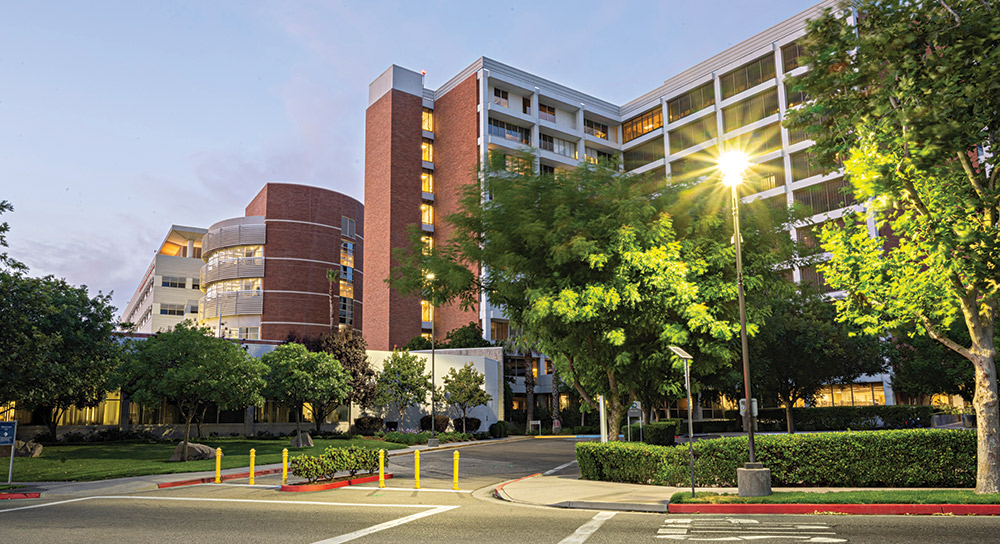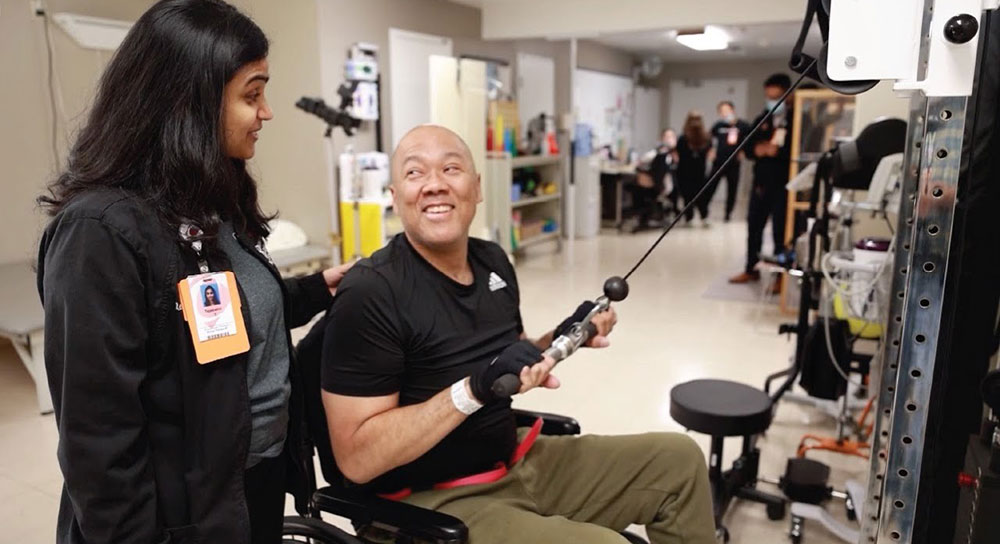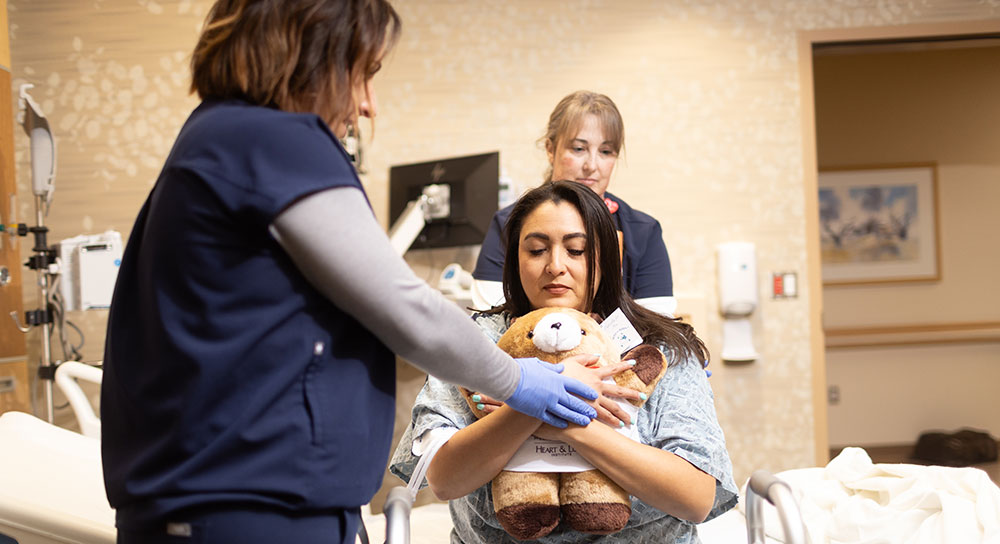The Joint Commission originally certified the program in 2010. This achievement means that the stroke center physicians, management and staff have worked together to coordinate evidence-based care from a patient’s arrival at the emergency department through to discharge from the hospital.
The center, headed by medical director Dr. Tanya Warwick, admits more than 1,000 stroke and transient ischemic attack (TIA) patients a year and provides multidisciplinary care and treatment based on national standards.
Early response and treatment minimizes brain damage and enhances recovery. Arrival at the Emergency Department within two hours of stroke onset may allow an option to receive a clot-busting drug, t-PA. Even after two hours, neurological intervention or neurosurgery is available up to four hours to lessen disability and decrease recurrence of stroke.
“We know that “time lost is brain lost” and early response can minimize brain damage and enhance recovery,” Dr. Warwick said.
The Joint Commission’s Primary Stroke Center certification is based on the recommendations for primary stroke centers published by the Brain Attack Coalition and the American Stroke Association’s statements/guidelines for stroke care. The Joint Commission launched the program – the nation’s first – in 2003.
The Joint Commission surveys stroke centers for timely response and appropriate care in the Emergency Department and for other measures during the patient’s stay such as use of blood thinning medications, cholesterol testing and treatment, patient and family education and assessment for rehabilitation services.
“We have top physicians in multiple specialties contributing to the care of each stroke patient – from the time they come into our emergency department to the time they return home,” Dr. Warwick said. “It’s a coordinated care pathway from arrival to discharging our patients.”
Critical treatment elements during a patient’s hospital stay include telemetry monitoring for arrhythmias, blood-thinning medication, MRI and ultrasound tests, prevention of blood clots, swallow screening to prevent silent aspiration, evaluation/therapy by a physical therapist and assessment for rehabilitation needs. During the stay, patients and families also receive education about what to expect with stroke recovery. They learn about stroke care and lifestyle changes that can help prevent a future stroke or TIA.






